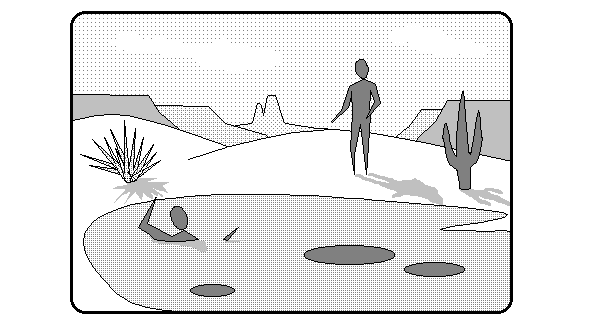While many evangelicals have endorsed Donald Trump for president, their support likely undermines his chances for spiritual redemption. During the waning days of the 2024 presidential election, Trump reveals his true colors – that of a crass and spiteful lost soul. Addicted to power and adulation, this false prophet cloaks himself in the American flag and wields the Christian cross. MAGA followers profess blind allegiance, while foes ridicule and vilify him. In my opinion, his redemption can only come through repentance – and how often have you heard him express remorse?
A Recovery Program
As practiced in 12-step recovery programs, redemption involves a searching and fearless moral inventory, a humble confession of wrongdoings, a willingness to mend one’s ways, and a genuine attempt to make amends to the injured. Absent these steps, Trump cannot find true redemption. He apparently needs to hit rock bottom before even considering this journey. His continuing popularity among the MAGA crowd distracts him from this option. For him to achieve spiritual awakening, his presidential campaign must first fail. Then, his adoring fans, his political apologists and enablers, and his ridiculing critics all need to stand down. Only then might this prodigal son pursue redemption in earnest.
The Slim Prospects for Trump’s Redemption
As a retired psychologist who worked in substance abuse, I have come to respect and admire those who have taken such tortuous journeys. While Charles Colson apparently found redemption in prison for his Watergate involvement, I’m not that hopeful for Trump. We might just witness the proverbial camel squeezing through the eye of a needle before that happens. So, one final question for devout Christian Trump supporters before voting: Are you going to jeopardize his potential salvation by condoning his abusive behavior through voting for him?
Addressing Our Role
Whether or not Trump undertakes such a spiritual quest, the rest of us can begin the healing process. Authoritarian stances such as his do not occur in a vacuum; rather, they develop in relation to others. We can only do our parts not to feed into the toxic interactions that support his wayward wanderings. Here, my articles on vicious cycle patterns in relationships can help us to recognize these unhealthy patterns. And even if our efforts have no effect on Trump, they may help to overcome the polarization that divides us. Then, we might find compassion for one another, despite our differences.
The Persecutor-Victim-Rescuer Cycle
Currently, Trump attains power by championing the cause of his loyal followers, whom he identifies as the victims of an oppressive regime. This mobilizes the classic Rescuer-Victim-Persecutor cycle, identified by Steven Karpman and addressed in my previous posts. This pattern is reinforced by yet another version, in which Trump proclaims his own victimhood at the hands of the Deep State, thus currying sympathy from his supporters. And finally, his promise of retribution for unfair treatment offers another version of the Persecutor role, that of the Vindicator. His alternation among these roles makes him a more elusive target for his critics and bolsters support among his followers. This description provides an admittedly dense summary of the relationship dynamics around Trump. Here, a review of my previous article, Vicious Cycles in Relationships 2.0, may provide a helpful background.
Looking Within to Break the Cycle
To break out of such vicious cycle patterns we must take an honest look at ourselves, rather than focusing on others. After all, we are the only ones over whom we have any direct control. For example, do we assume a judgmental attitude toward others, thus adopting the Critic role, a somewhat tamer version of the Persecutor? Instead, we might express our disapproval of Trump’s speech or actions, yet without attacking his character. We might also seek to understand his Followers, rather than dismissing their viewpoints out-of-hand. This is just one example of how we might modify our approach. While it may not break the cycle, it might just lessen the intensity of the polarization. Although too late to impact the course of the election, it may promote the needed healing in the aftermath.

